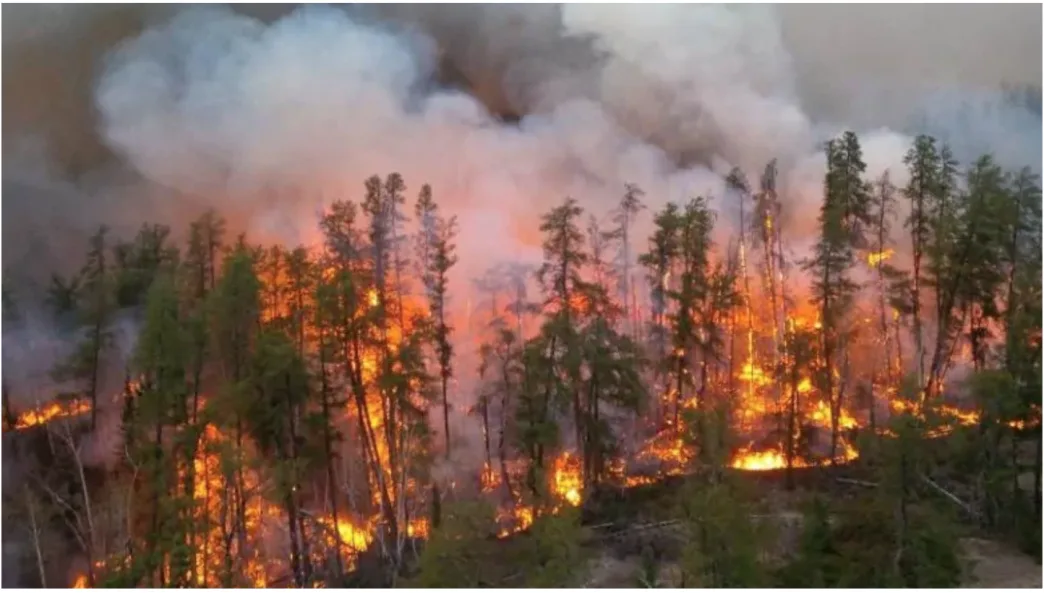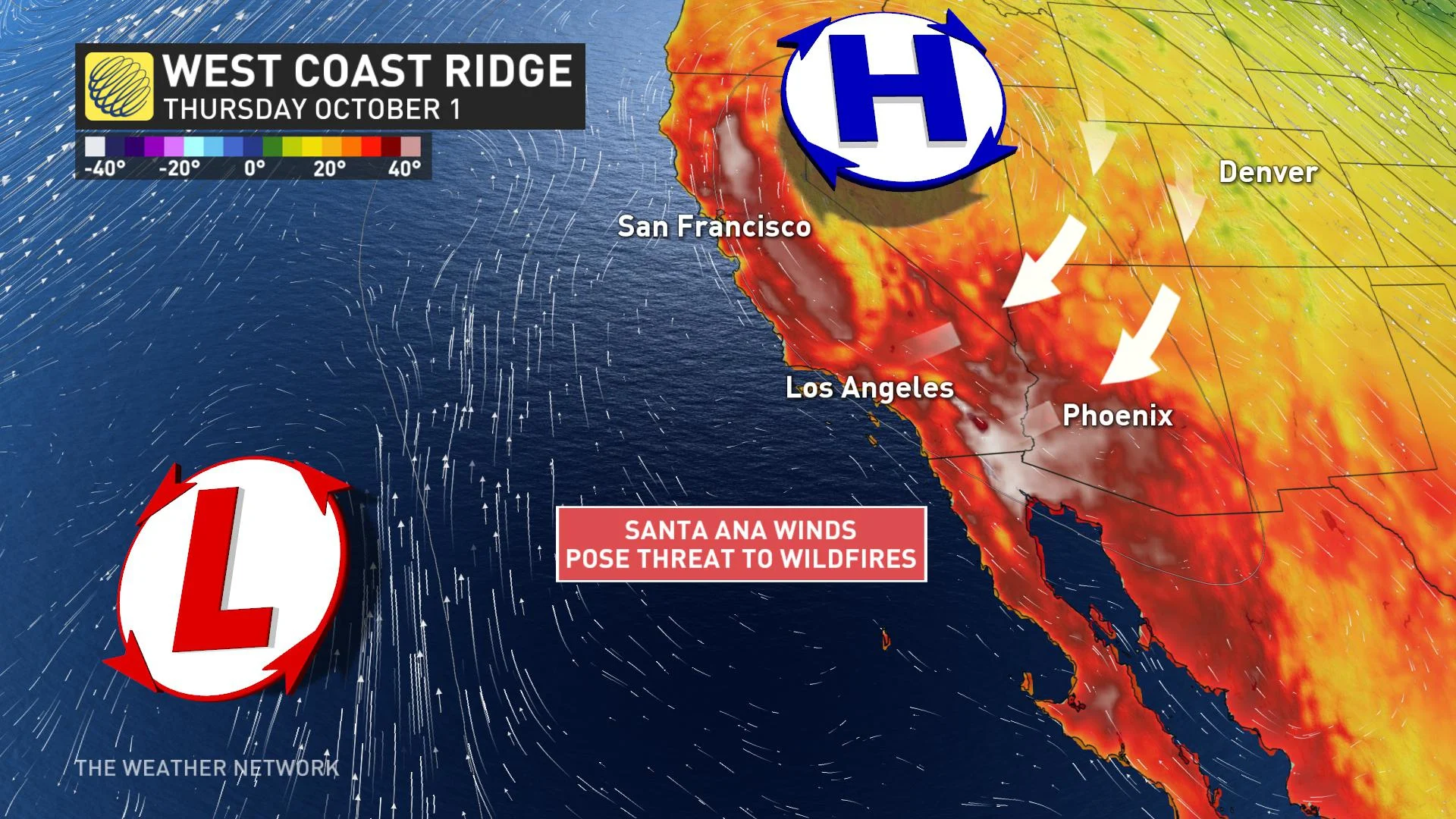
Heat wave stoking deadly round of California's wildfires, no rain coming
This deadly California wildfire season is set to worsen, as yet another heat wave builds -- with no sign of rain within the next seven days.
A record-breaking year of fires has scorched some 3.6 million acres of land in California, and another building heat wave is means there's little end in sign.
In total, there have been more than 7,900 wildfires so far, with around 7,630 structures damaged or destroyed. As we get into October, the climatological rainy season should begin bringing a wet pattern throughout the winter months -- but that's if mother nature cooperates, with some signs that the rains will be too little, too late.
TWO FIRES TO MONITOR, NAPA VALLEY
One major wildfire, known as the Glass Fire, began as a brushfire in wine country before mushrooming two-thousandfold between Sunday and Monday. Since then, it's rapidly burned through vineyards and structures near the town of St. Helena, with hundreds of homes in its path and thousands of residents on standby to evacuate. The second fire of note is the Zogg fire, west of Redding California. This has already scorched over 30,000 acres and has been blamed for at least three fatalities since starting on Sunday.
Red flag warnings -- meaning warm temperatures, very low humidities, and stronger winds are present -- are in effect, and the fire risk is at a critical level in much for central and northern California. The U.S. National Weather Service warns gusty north-to-east winds, combined with low humidity, will continue over much of interior Northern California for the early part of this week, with "extreme caution" needed to prevent new fire starts.
SANTA ANA WINDS, THE WORST SET-UP
Fires of that size are hard enough to fight without the weather making it worse, and unfortunately for firefighters, the conditions are going to be very much against them.
When a ridge of high pressure builds in the western U.S., as is occurring now, this can mean bad news for California. In this setup, winds flow clockwise around an area of high pressure and flow from the land to the ocean. The air is then channeled through the mountains and canyons, and can compress, warm, and accelerate as it races through.
These fast, dry and warm winds, known as the Santa Ana winds, can spread fires very rapidly.

NO RAIN IN THE NEXT 10 DAYS
With the current pattern in place, there is no relief in sight.
Such rain as there is will move around the ridge well into northern British Columbia. missing the western U.S.
As well, while the smoke will likely not be as bad as a few weeks ago, B.C. will likely see some poor air quality as smoke builds in late week from the U.S. fires.











